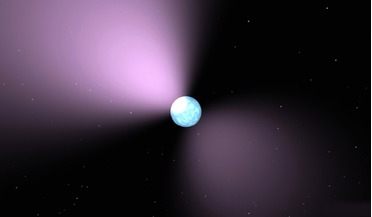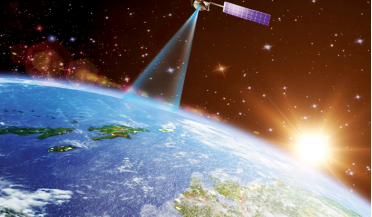 August 2016
Commercial space development spurs trend for public-private collaboration
August 2016
Commercial space development spurs trend for public-private collaboration
... us with higher resolutions, real-time tracking, full-motion video and images that span much of the electromagnetic spectrum. Planetary Resources is taking its space resource technologies and turning its space telescopes to look at Earth. We will...
 February 2017
Protecting our space interests
February 2017
Protecting our space interests
... from 1957 to 2016. A third concern relates to the complex issue of managing the finite available electromagnetic spectrum and the orbital slots allocated to geostationary satellite operators. This increasingly challenging task is managed by the...
 September 2017
Telescope targets enigmatic deep space mystery
September 2017
Telescope targets enigmatic deep space mystery
... surrounding FRBs The FRB pulses themselves have so far only been observed in the radio portion of the electromagnetic spectrum and their high rate is a major constraint on their theories of origin. Despite the plethora of suggested progenitors, the...
 October 2020
Learning from alternative universes
October 2020
Learning from alternative universes
...’s Wide-field Infrared Survey Telescope will survey the entire sky in the mid-infrared portion of the electromagnetic spectrum with far greater sensitivity than any previous mission or programme. The survey will consist of over a million...
 April 2024
The promise of space-based LiDAR
April 2024
The promise of space-based LiDAR
... is a light-based version of synthetic aperture radar, which itself uses the radio-frequency part of the electromagnetic spectrum. Historically, LiDAR technology has been employed on aircraft or ground-based platforms, using laser pulses to measure...
 21 March 2016
Using gravitational waves to search for Population III stars
21 March 2016
Using gravitational waves to search for Population III stars
...aLIGO), a completely new window to investigate astrophysical processes, which are otherwise invisible to observations in the electromagnetic spectrum, has been opened. Now researchers are suggesting that these enigmatic signals could be used to learn...